Disinfectants are a wide range of active chemical compounds that ensure an environment is sterilized and are also useful in several situations. Transmission of antibiotic- and multi-drug-resistant pathogens in healthcare-associated infections is a significant patient safety issue. Disinfectants and sanitizers were important prevention measures against the 2019 coronavirus pandemic.
However, disinfection is also done in places other than medical facilities, professional beauty salons, or food service establishments. Disinfectants can be useful for personal purposes and protect oneself from animal/human transmission of pathogens. As such, they are open for sale to the general public.
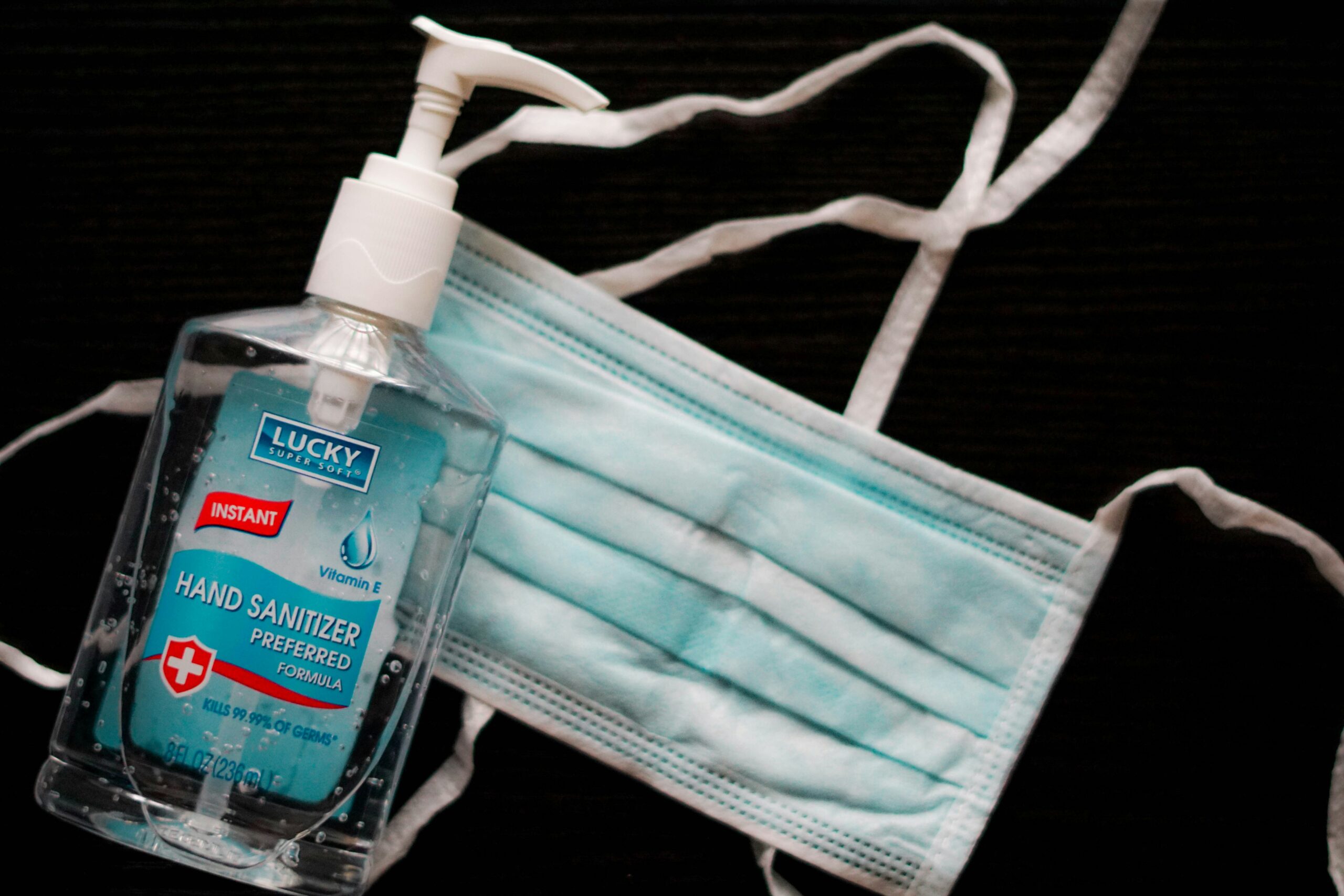
Disinfectants are preparations for surface and skin disinfection. Disinfectant preparations are produced from active chemical compounds against microorganisms on inanimate surfaces and human skin. The application of disinfectants is very important in controlling and preventing pathogen transmission; however, the action depends on the chemical agent being considered and its concentration and type of pathogen strains.
Although disinfectants provide a great advantage, the widespread use of chemical disinfectants raises questions about side effects on human and animal health and harmful effects on the environment and ecological balance. Find out how your health is being impacted by the products you use.
Disinfection is getting rid of an organism to a safe level. It might not wipe them all out, but instead, it gives health to a haven. Disinfection refers to destroying vegetative forms of organisms but not entirely bacterial spores on inanimate objects. However, sterilization![]() is defined as the process of total elimination or destruction of all forms of microbial life (vegetative and spore forms) by several physical and chemical methods.
is defined as the process of total elimination or destruction of all forms of microbial life (vegetative and spore forms) by several physical and chemical methods.
These work in different ways to kill these pathogens. The mode of action varies according to the type of microorganism being targeted. This target to be sanitized could be bacteria, fungi, or viruses.
Sterilization and disinfection are core components of infection control. However, the chemicals must be handled carefully. The selection of the type of disinfectant varies depending on its application, but people need to know how to use these disinfectants. Furthermore, the use of a biocide outside the indications marks lower efficiency.
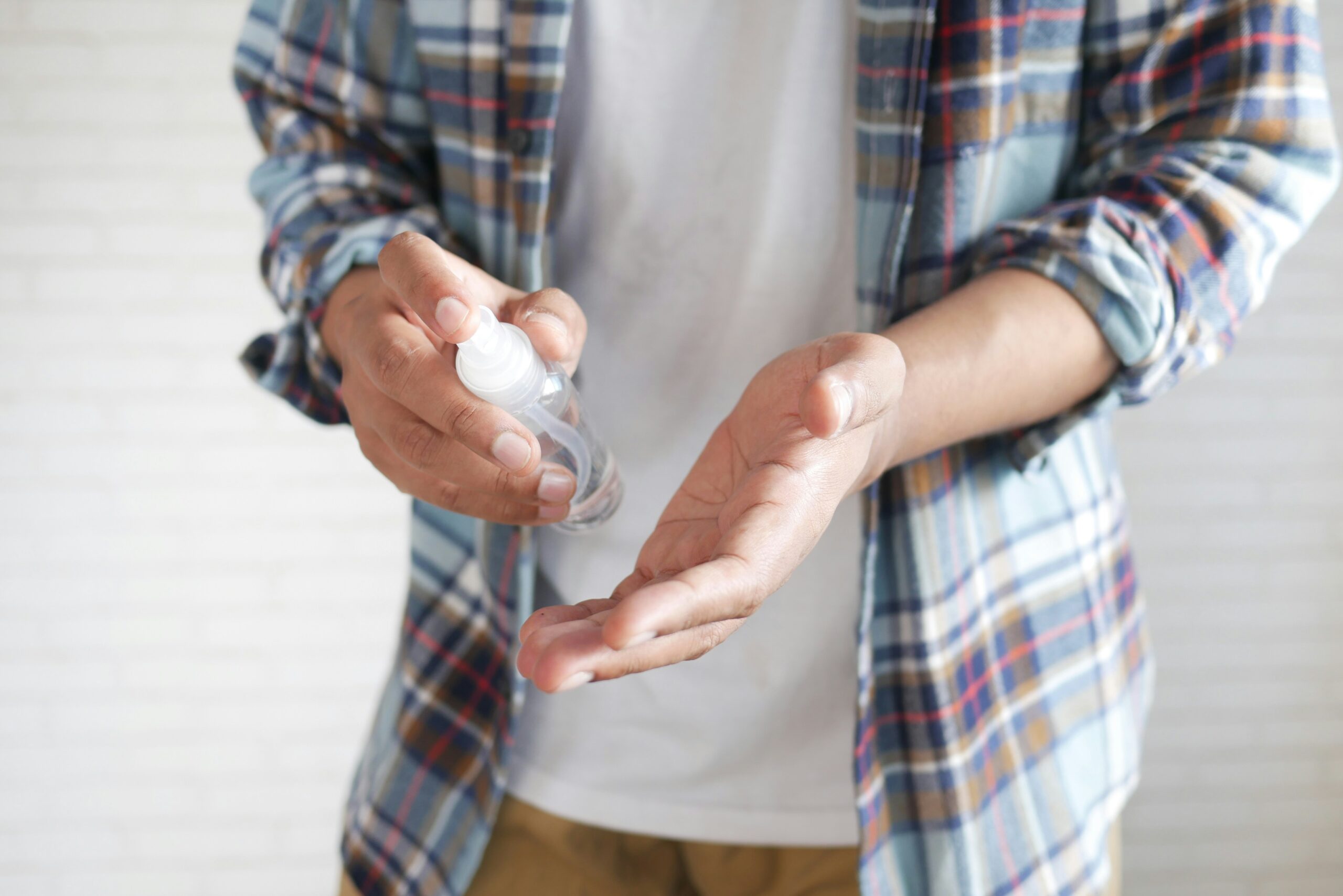
This is using special soaps to cleanse the skin and eliminate pathogens. Antisepsis![]() is the assay of skin germ removal. Concerning a patient's skin, it denotes that disinfection is already on the living tissue or skin. For a healthcare worker, it is reducing or eliminating transient microorganisms on the skin. For hygiene, on the other hand, it can be disinfected. This practice must be implemented more, especially in transmission jobs. Therefore, this disinfection should be performed by wearing protective gloves and removing the protected glove.
is the assay of skin germ removal. Concerning a patient's skin, it denotes that disinfection is already on the living tissue or skin. For a healthcare worker, it is reducing or eliminating transient microorganisms on the skin. For hygiene, on the other hand, it can be disinfected. This practice must be implemented more, especially in transmission jobs. Therefore, this disinfection should be performed by wearing protective gloves and removing the protected glove.
Hand disinfection must also be taken special care of in the case of contact with blood, excretions, and secretions! This disinfection is really important in medicine. It is used mainly in hospital surgical methods to disinfect surgical material and the environment. Consequently, medical and laboratory personnel and healthcare providers should be more familiar with it to limit the dissemination of such pathogens.
Even items like surgical tools or other devices used in unique techniques can be sterilized, prepared, placed, and utilized. Germicidal![]() is an agent that destroys germs. The list includes antiseptics and disinfectants. A beautician or a hairdresser also gains hand-to-hand contact, and disinfection becomes essential here, too.
is an agent that destroys germs. The list includes antiseptics and disinfectants. A beautician or a hairdresser also gains hand-to-hand contact, and disinfection becomes essential here, too.
Stronger agents — therefore, more stringent disinfection processes for medical devices — are the suppositions. A type of medical device or surgical instrument for a patient subject to sterile generally during different processes denoting the high risk of making the pathogen introduced into the human body via its contact with sterile tissue or mucous membrane. Professional products are also needed for washing clothes and fabrics, which can remove organic contaminants from the material and disinfect it effectively.
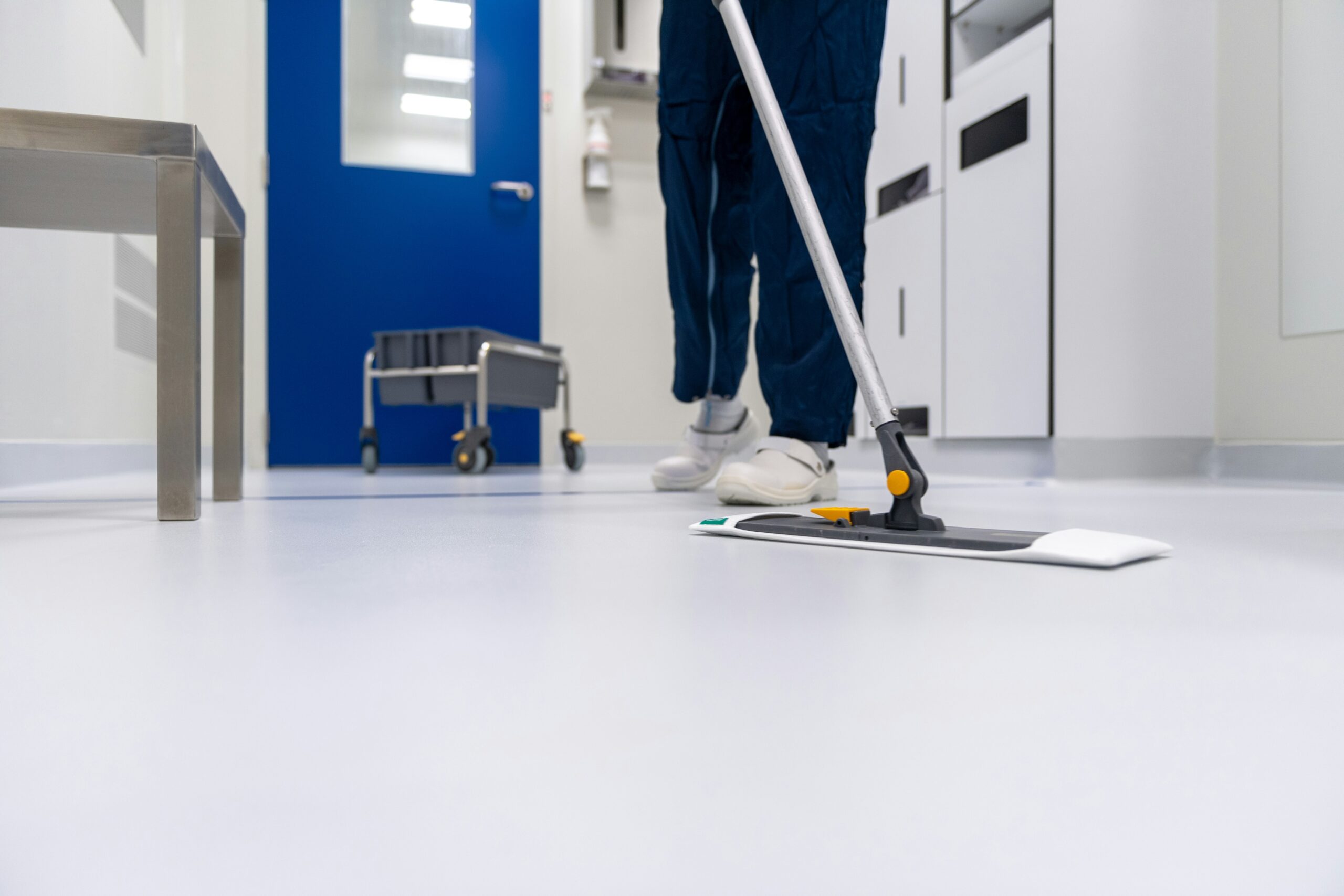
The products for rapid disinfection will have a shorter duration of action and are focused on small surfaces. However, it must be applied to the bigger areas to sustain them longer. This is a very basic sanitation process, which includes disinfection of soft/hard surfaces, rooms, and air. Disinfectant compositions are vital in creating clean and sterile environments like hospitals or other places with greater traffic. In addition, disinfection devices for professional use can be successfully applied in big health centers and small medical and cosmetics offices.
Water denaturation from pathogens is equally obtainable and pretty important. If the water is used for drinking, then safe-tested preparations are generally used to disinfect it. Some technical requirements are imposed, particularly for dosing agents that disinfect drinking water. For example, you can feel the effect of water disinfection when swimming in public swimming pools. Chlorine disinfectants are one of the most common disinfectants for pool water treatment.
The professional name for disinfectants is biocides![]() . Knowledge of different kinds and spectrums of disinfectants, the correct mode of application, and regularly scheduled cleaning can greatly reduce the occurrence of myriad infections and improve patient outcomes. To help you better understand the range of each disinfectant, we will introduce you to the most common disinfectants used in hospitals and other areas.
. Knowledge of different kinds and spectrums of disinfectants, the correct mode of application, and regularly scheduled cleaning can greatly reduce the occurrence of myriad infections and improve patient outcomes. To help you better understand the range of each disinfectant, we will introduce you to the most common disinfectants used in hospitals and other areas.
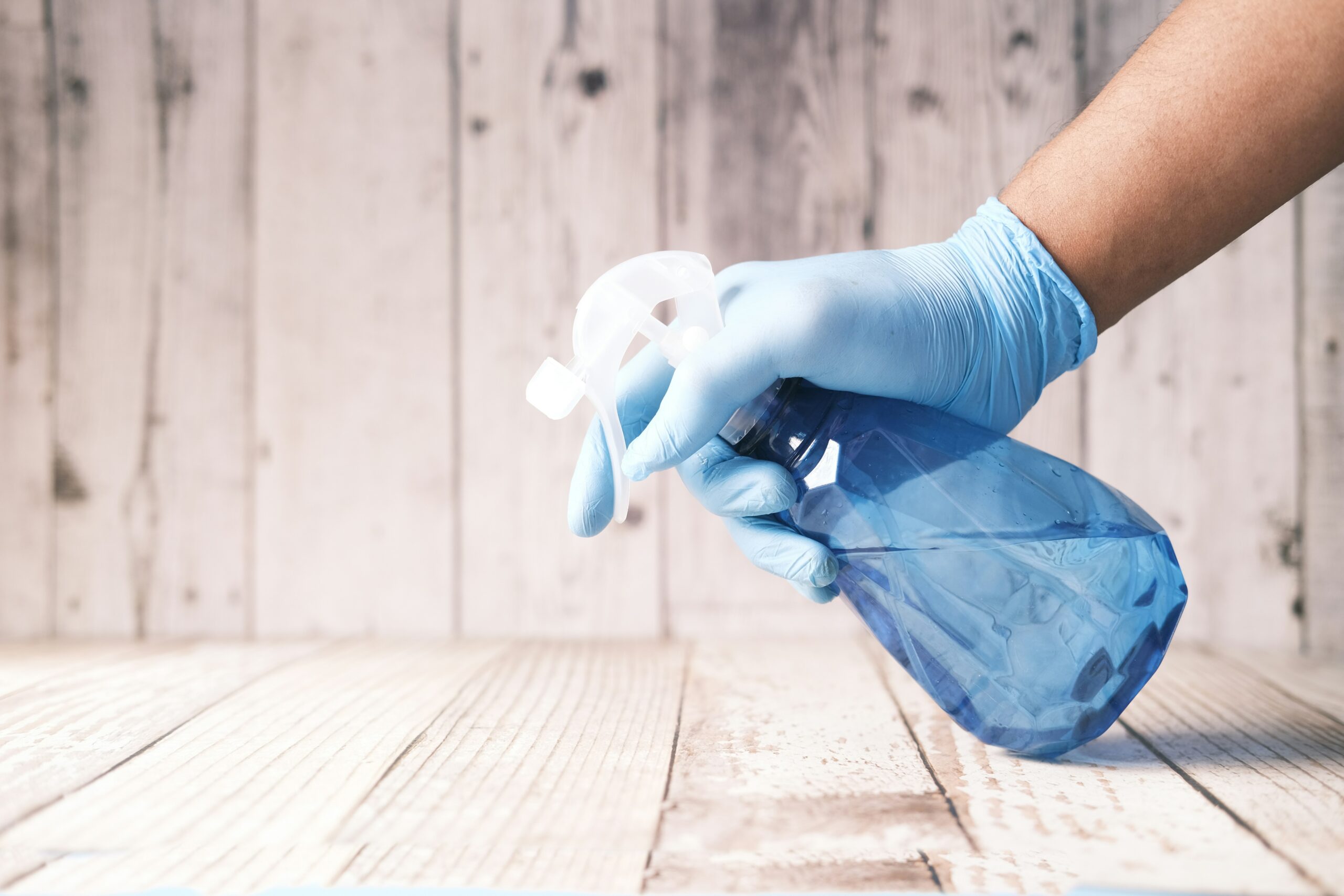
Alcohols, the most famous disinfectant and antiseptic chemicals, have been widely used for several hundred years. Their membrane-disrupting and cell-lysing mechanisms confer a broad spectrum of antimicrobial activity. However, alcohol-based agents are never suggested for sterilization. With emollients![]() and other chemicals, alcohols can increase their potency.
and other chemicals, alcohols can increase their potency.
Aldehyde disinfectants come in various classes. Some of them are bactericidal and bind to the outer layer of a molecule on the pathogen. In addition, aldehyde disinfectants are capable of sporicidal. Thus, they can be used in sterilization. They are also potent virucides, and they act on the fungi as well. They are commonly employed for the decontamination of medical instruments like endoscopes. In synthesizing aldehydes, one must always remember that some of them are carcinogenic![]() , and proper use of personal protective equipment and precautions is taken.
, and proper use of personal protective equipment and precautions is taken.
Agents such as anilides disinfectants are seldom used in the hospital environment. Anilides are chemical compounds with antiseptic properties, mostly used to mix soap![]() and deodorants
and deodorants![]() . As a result, they can also sterilize the skin. Their activity is demonstrated against Gram-positive bacteria and slightly above Gram-negative bacteria or fungi.
. As a result, they can also sterilize the skin. Their activity is demonstrated against Gram-positive bacteria and slightly above Gram-negative bacteria or fungi.
Chlorine or chlorine-based disinfectants are widely used for water disinfection. Chlorhexidine is one of the most used disinfectants. It has activity against a wide range of targets. It is an antiseptic, and it acts in a very short time against germs like E. coli![]() and S. aureus
and S. aureus![]() . There are also chlorine-releasing agents, i.e., higher-active oxidizing agents. These are utilized to clean and disinfect surfaces at home or in the hospital. They are necessary for disinfecting surfaces with HIV
. There are also chlorine-releasing agents, i.e., higher-active oxidizing agents. These are utilized to clean and disinfect surfaces at home or in the hospital. They are necessary for disinfecting surfaces with HIV![]() or HBV
or HBV![]() .
.

These iodinated disinfectants are less reactive than chlorine and have a very fast action rate. They have been used as antiseptics and disinfectants for hundreds of years. But stay away from them, as they cause severe skin blotch and irritation. Other agents are also more active against fungi and spores than they, too.
Silver compounds are also employed in disinfection. These compounds are applicable for warts, eye infections, and burnt wounds. Silver nitrate and silver sulfadiazine are two of the most utilized silver compounds, which address specific bacteria strain targets. An important benefit of silver compounds as a disinfectant is that their mode of action does not produce disinfection byproducts.
Hydrogen peroxide is one of the popular colorless disinfectant liquids used as a sterilant and antiseptic in hospitals and homes. The agent comes in different concentrations and is eco-friendly![]() (causing degradation of oxygen and water). These compounds can exhibit significant efficacy against both Gram-positive and Gram-negative bacteria. Compared to hydrogen peroxide, peracetic acid is a stronger chemical. It has been employed to sterilize medical instruments. They are also active against bacteria, viruses, and fungi at concentrations lower than hydrogen peroxide.
(causing degradation of oxygen and water). These compounds can exhibit significant efficacy against both Gram-positive and Gram-negative bacteria. Compared to hydrogen peroxide, peracetic acid is a stronger chemical. It has been employed to sterilize medical instruments. They are also active against bacteria, viruses, and fungi at concentrations lower than hydrogen peroxide.
The simplest of these is oxidized water used in the home environment. Further indications of external oxidized water use are wound disinfection and inflamed mucous membranes. Hydrogen peroxide—the popular go-to for washing and disinfecting wounds—is not always the best choice. This is mainly due to very poor bactericidal activity, which, in the case of a potential wound infection, may not cope. Another item is hydrogen peroxide, which may be unsafe in every case. Other research suggests that it can delay recovery.

Disinfectants are widely used, especially important, and controlled for hospital diseases. A patient does not need to be in a hospital long before acquiring a healthcare-associated infection (HAI)![]() , with infections being able to develop within 48 hours
, with infections being able to develop within 48 hours![]() of an individual being admitted. The rate of even these dire and deadly infections can be reduced through disinfection procedures.
of an individual being admitted. The rate of even these dire and deadly infections can be reduced through disinfection procedures.
However, disinfectants are also not that safe. Improper and inappropriate use of disinfectants can lead to side effects. Over-utilization of disinfectants can be a direct threat to flora and fauna. There are many side effects of disinfectants. Higher exposure and prolonged disinfectant dispersal can negatively harm human and animal health. Check out how different disinfectants affect the human body.
High-concentration atomized disinfectants sprayed into the air can be inhaled as they contain chemicals. Aerosolized particles, for example, can enter alveoli with inspired air. Inhaling disinfectants may elicit a reaction in the mucous membranes, leading to upper and lower airway irritation, inflammation, swelling, and ulceration. Inhaling bleach also raises the risk of asthma and chronic obstructive pulmonary disease. People with asthma![]() should use an alternative for disinfection.
should use an alternative for disinfection.
Some chemicals can be absorbed quickly into the mucous membranes of organs and organ systems like the central nervous and gastrointestinal tract. In a recent case study, deliberate oral ingestion of hand disinfectant (with contents of ethanol) to accomplish self-antiviral disinfection led to devastating corrosive damage on the stomach, esophagus, and small intestine membranes. That is why there is a lot of buzz around the effective use of disinfectants. Apart from this, many side effects like instant heart and respiratory failure, intestinal problems, and renal disorders have been transformed into humans after unintentionally breathing in or eating bleach.
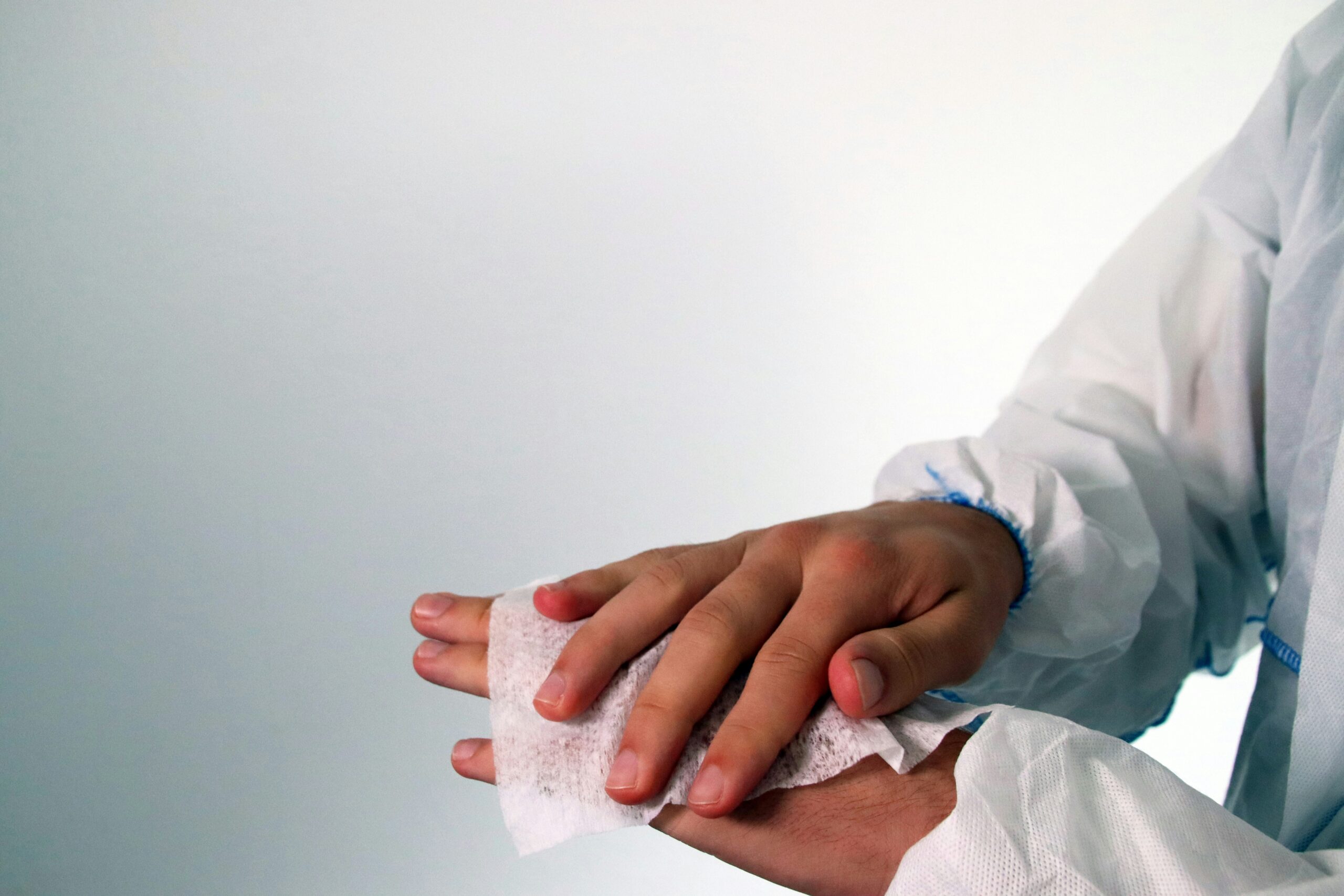
Chemicals, acting as high-concentration disinfectants, can also be found in aerosolized or sprayed form and can easily be absorbed through the skin. Severe and irreversible effects can be caused by direct skin contact via aerosols. Besides, disinfectants can cause infections apart from ulceration; this can be more so in children who are considered initials of skin infections. Patients can also have allergic reactions![]() to specific chemicals that are found in disinfectants as well. Disinfectants (bleach) are one of the most common non-potable water sources that can be absorbed directly through the skin and cause allergens.
to specific chemicals that are found in disinfectants as well. Disinfectants (bleach) are one of the most common non-potable water sources that can be absorbed directly through the skin and cause allergens.
The human reproductive system is a complex process overseen by numerous internal and external factors. Certain potents have been proven to cause infertility. Environmental pollutants and toxins impact sperm adversely, leading to a decreased number with poor quality and motility, which in turn leads to infertility. Even reduce the chance of pregnancy in women through household chemicals. Nevertheless, chronic inflammation is another reason for permanent infertility that can also be due to disinfectants.
Since child development is an extremely broad and complex, it can be challenging to discuss. Every parent wants their child to be well for proper growth. Sadly, adverse conditions in the formative years can cause such problems. Environmental neurotoxic agents are responsible for behavioral disorders in children. Some developmental disorders of the brain and disorders of the central nervous system are caused by too much exposure to many different kinds of chemicals. For example, they mention learning disabilities and behavioral disorders, among other things. Additionally, exposure to these compounds in the womb may even trigger processes that will heighten risks for more mental disorders and issues down the line.